Boron Carbide
Boron Carbide is one of the hardest ceramic materials in existence. This Boron-Carbon substance ranks only after diamond and cubic Boron Nitride in the list of hardest materials. It is sometimes called the “Black Diamond” for its extreme hardness.
Identification
CAS reference number: 12069-32-8
PubChem reference number: 123279
ChemSpider: 109889
Boron Carbide Production
Henri Moissan was the first person to synthesize this substance in 1899.
This material is produced by reacting Boron Trioxide (B2O3) with Carbon (C) in the Oxidation-Reduction process. Here, the B2O3 undergoes reduction as it loses Oxygen (O) molecules. The reaction, which occurs above the melting temperature of Boron Carbide, is done using an Electric Arc Furnace (EAF). It happens in the following way producing large amounts of Carbon Monoxide:
2 B2O3 + 7 C → B4C + 6 CO
Sometimes, Magnesium (Mg) can be used instead of Carbon and the reaction is done using Graphite Furnace.
Chemical Formula of Boron Carbide
The chemical formula for this ceramic substance is B4C.
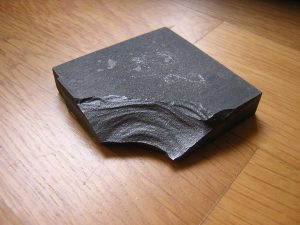
Picture 1 – Boron Carbide
Source – en.wikipedia.org
Properties of Boron Carbide Powder
Following are some of the physical and chemical properties of this ceramic substance:
- Appearance: It is a black powder in its normal physical state.
- Odor: It is odorless.
- Solubility: This substance is insoluble in water.
- Molar Mass: The molar mass of Boron Carbide is 55.255 g/mol.
- Hardness: The hardness of this ceramic is somewhere between 9 and 10 on the Mohs scale.
- Specific Gravity: Its specific gravity is 2.52.
- Melting Point: The melting point of this material is 2763 °C (5005 °F).
- Boiling Point: It has the boiling point of 3500 °C (3500 °C).
- Density: The density of this solid substance is 2.52 g/cm3.
- Structure: Boron Carbide has a rombohedral crystal structure which is typical to icosahedron-based borides. It can accommodate a variety of Carbon compositions (up to B10C) without changing its own structure.
Applications of Boron Carbide
Being one of the hardest materials manufactured on earth, it has numerous uses. Boron Carbide nanoparticles (particles sized anywhere from 100 to 1 nanometers) are used for coating and in nuclear reactors. It is also used in pellet form.
Industrial Uses
- This ceramic is used in abrasive Grit Blasting Nozzles, used for shaping hard surfaces.
- It is applied in Water Jet Cutters. In this device, a jet of water with high pressure and velocity is used to cut or slice metals and other materials.
- Being a wear resistant substance, Boron Carbide powder is used in wear and tear resistant coatings.
- It functions as a neutron absorber, (an atomic nucleus in a nuclear reaction that collides with neutrons to form a single nucleus) mainly in the pellet form, in nuclear reactors.
- It is an abrasive substance used for shaping and polishing work-pieces made from metal and other hard materials.
- This ceramic substance is used in Metal Matrix Composites.
- It is used as a high energy fuel in solid fuel Ramjets (an airbreathing jet engine).
Other Uses
- Boron Carbide is used in anti-ballistic plating of body armors for humans and vehicles. These armor plates can resist the impact of weapons like bullets, shrapnel and missiles.
- It is used in the manufacture of padlocks or portable locks.
Boron Carbide Fibers and Nanowires
Researchers from different countries like US, China and Switzerland are researching for making more comfortable body armors from Boron Carbide fibers and Nanowires. They have successfully increased the resistance of a normal cotton cloth by combining Carbon in cotton with Boron. In this way, this ceramic substance can be present in a comfortable light weight t-shirt providing armor protection to the person wearing it.
Boron Carbide Material Safety Data Sheet (MSDS)
Boron Carbide can be harmful for human body if it comes in direct contact. There are certain safety measures that one should take while handling or working with this material.
Toxicology
It can cause health hazards in case of inhalation and ingestion. Direct contact may result in eye and skin irritation. Inhalation or ingestion of this ceramic dust may result in respiratory disorders and problems of central nervous system.
First Aid Measures
- Ingestion: In case of accidental ingestion, the victim should drink plenty of milk or water to dilute the substance and also induce vomiting. It is never advisable to give anything by mouth if the victim is unconscious. Immediate medical assistance is needed.
- Inhalation: The victim should immediately move to a well ventilated area and obtain medical attention. He should be provided with Oxygen if experiencing breathing difficulty.
- Eye Contact: One should flush the eyes with lukewarm water for at least 15 minutes. The victim should seek medical aid.
- Skin Contact: In case of direct contact, the affected person should properly wash the contaminated skin with soap and water. The infected clothes should be removed and washed appropriately before re-use.
Personal Safety Measures
One should use NIOSH approved respirators, gloves and safety goggles for personal protection while handling this substance.
Storage Instructions
Boron Carbide should be stored in tightly sealed containers in a dry, cool and well ventilated area. Care should be taken to prevent any spillage of this powder.
Fire Hazards and Fire Fighting Measures
This ceramic material is non-flammable. But in case a fire breaks out around the ceramic dust, the fire fighters should use proper fire fighting gear while extinguishing it.
Boron Carbide Price and Availability
Boron Carbide is available at many online stores at reasonable prices. The price of this powder (1lb) may range between $ 115 and $ 200.
Boron Carbide Suppliers
Many companies around the world supply this ceramic material in different forms. One may also buy it online. Worldwide suppliers of this ceramic include
- Atlantic Equipment Engineers, Div. Micron Metals, Inc, US
- US Noah Technologies Corp., US
- China Abrasives Export Corp., China
- F.W. Winter Inc & Company, US
- Sintec Keramik GmbH & Co. KG, Germany
- Zen International, India, India
- International Ceramic Engineering, US
Boron Carbide is a unique material with its extreme hardness and the capability to contain different Carbon compositions. Its availability and affordability makes it useful in different industries.
- References
- http://www.azom.com/article.aspx?ArticleID=75
- http://www.azonano.com/news.aspx?newsID=16845
- http://www.espimetals.com/index.php/msds/79-boron-carbide
- http://pubs.rsc.org/en/Content/ArticleLanding/2007/NJ/b618493f
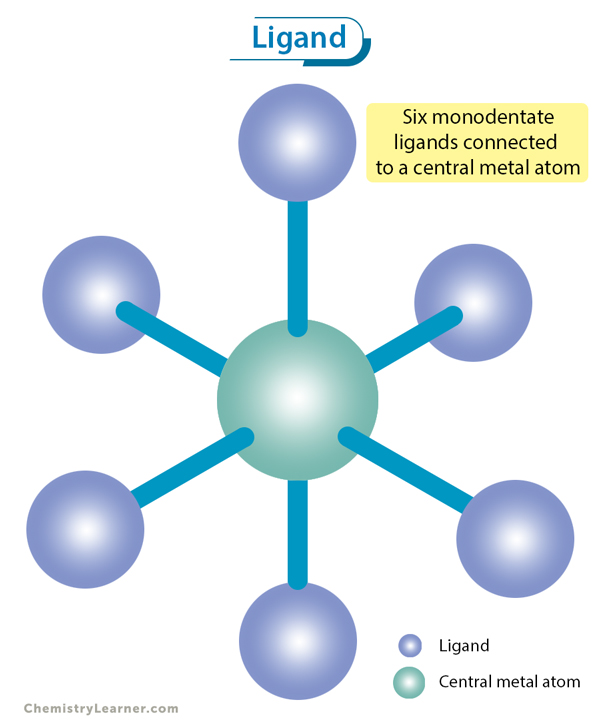
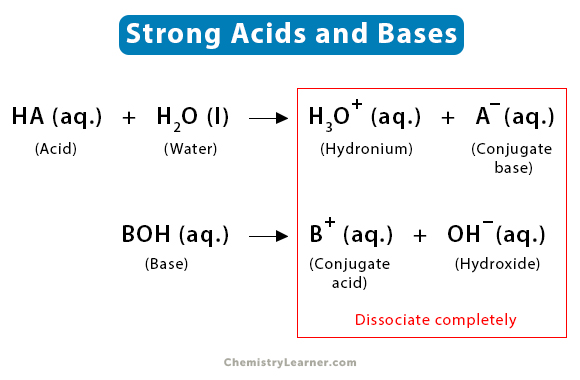
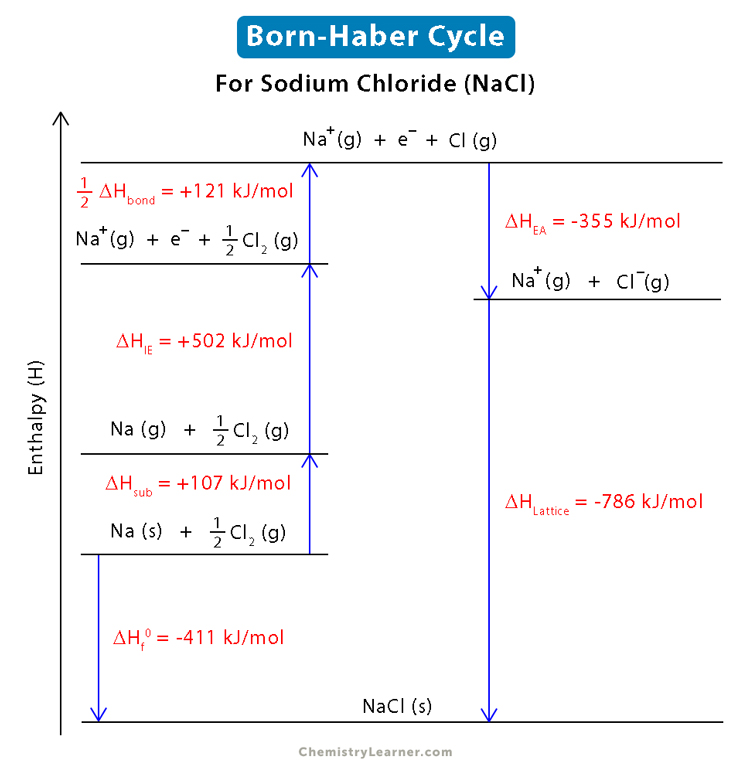
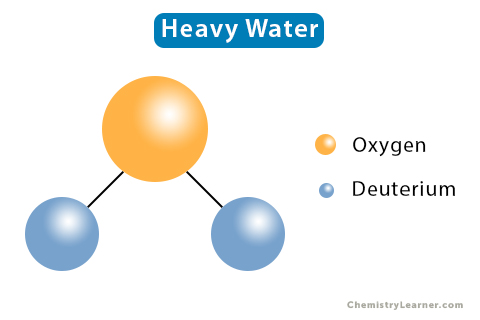
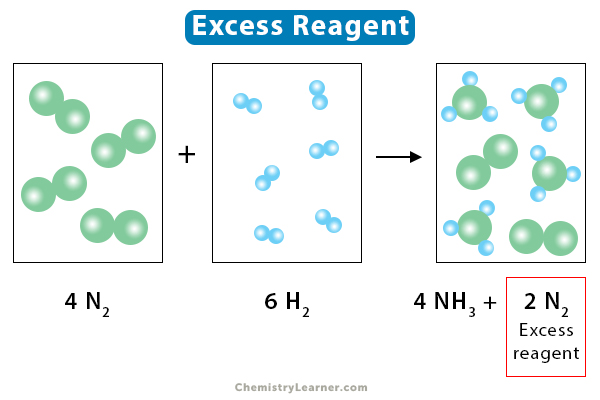
I am doing a science project on the augmentations of the Spartan 2’s from the halo series. one of the procedures is carbide ceramic ossification. I was wondering if someone could tell me if they used boron carbide, or any other one for it.
thanks